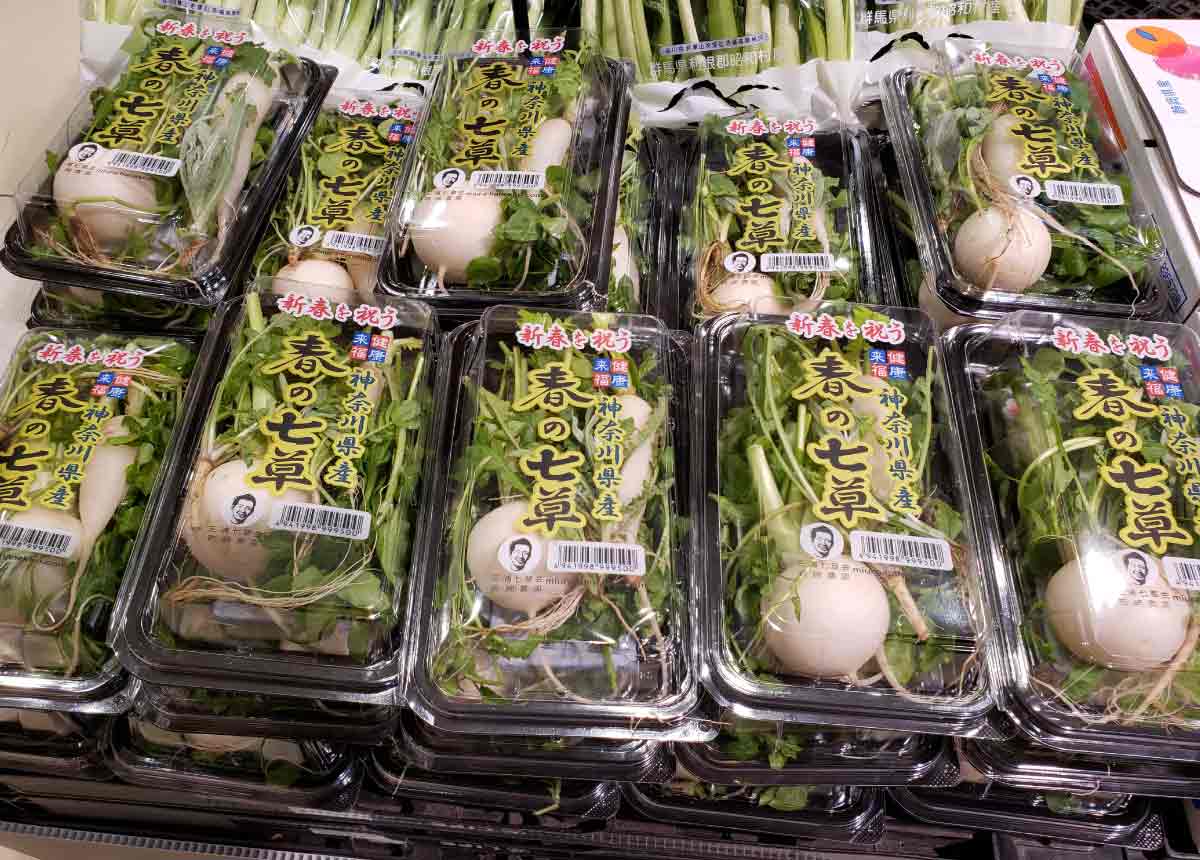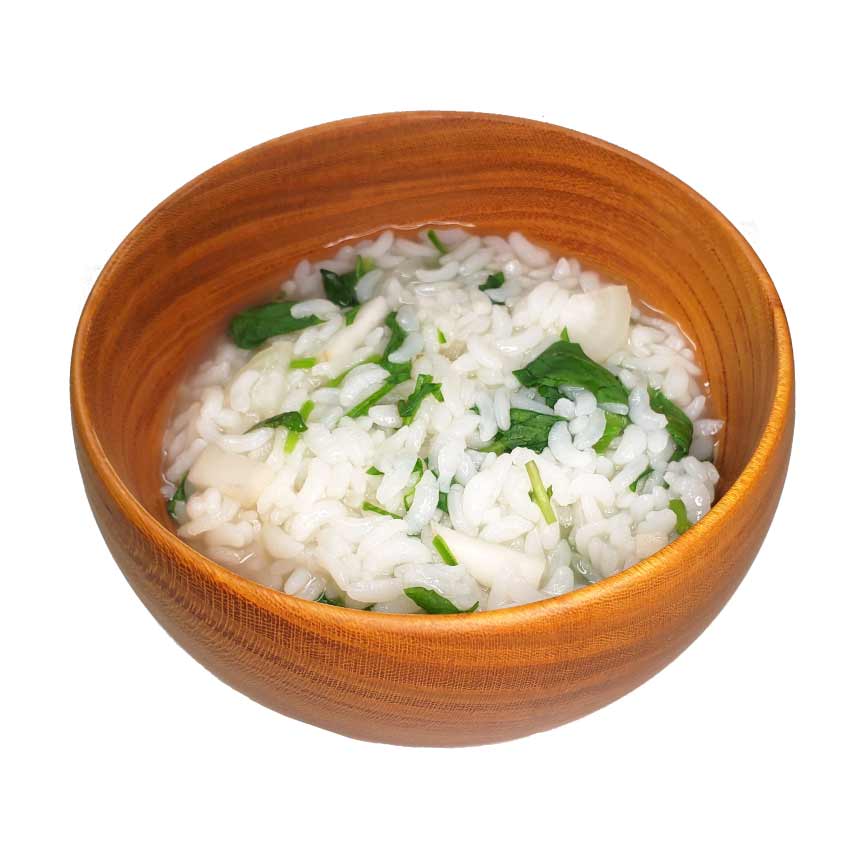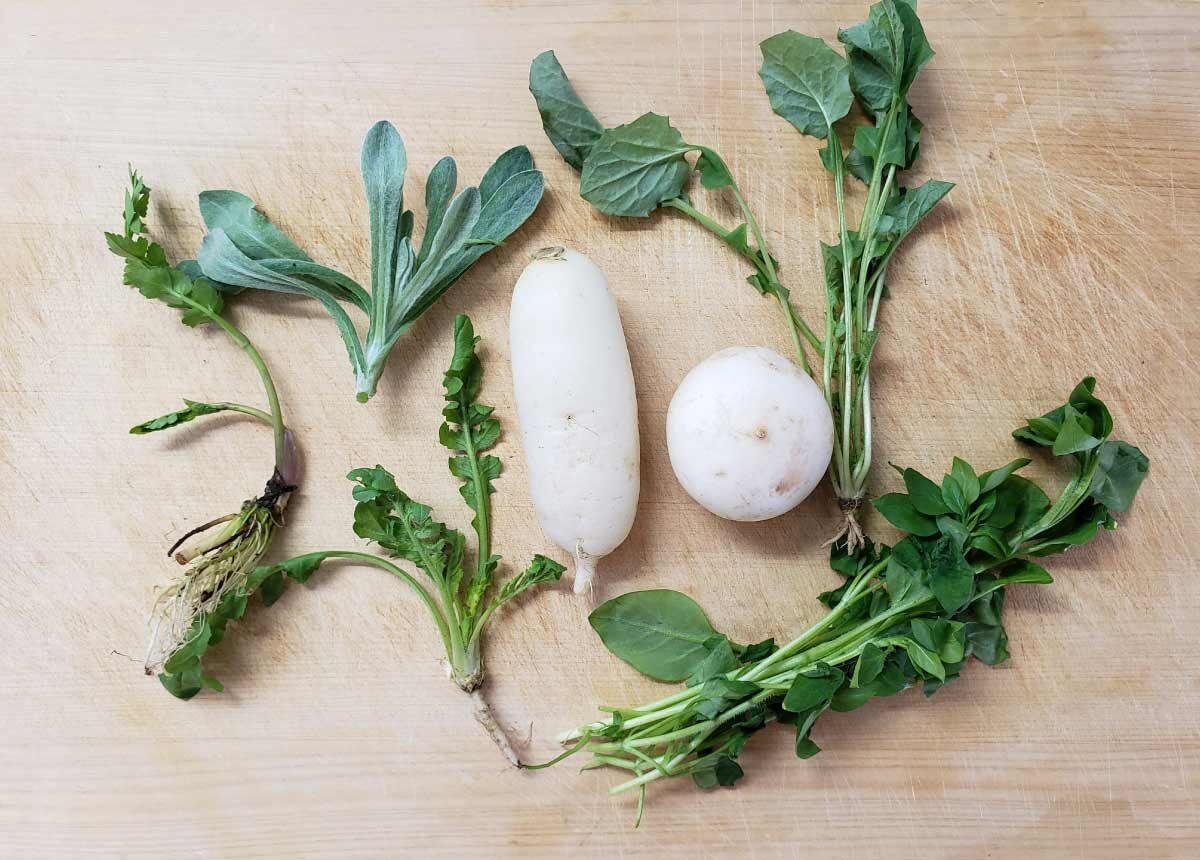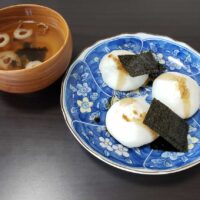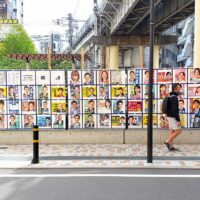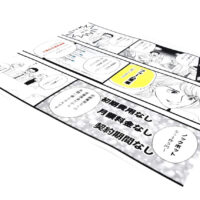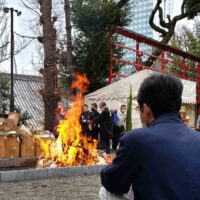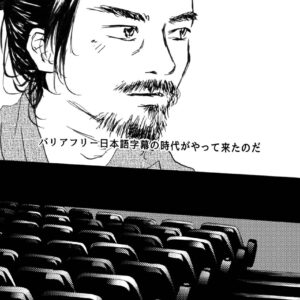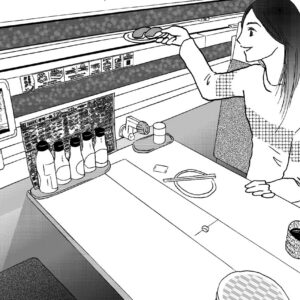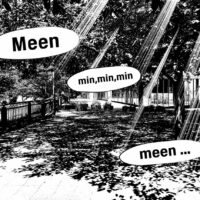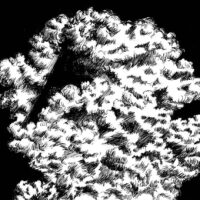One week has passed since the beginning of the year. Do you feel tired when you start work or school? There is a culture of eating “Okayu (rice gruel)” to rest the stomach and intestines on the 7th day of the year in Japan.
The food may had strong flavor since the Christmas & New Year’s. Therefore, we eat “Nanakusa-gayu (the seven herb rice porridge),” a light-flavored porridge made by boiling the seven herbs and rice in water. The seven herbs promote digestion, are rich in vitamins and minerals, increase blood volume, and energize the body. It was also said that the herbs would ward off evil spirits because they sprout first in early spring.
I know I’m the one who introduce you, but It is no taste and terrible. This dish is just made with rice, water, herbs, and a few seasonings. Perhaps we have become too accustomed to the luxury of modern cooking. We eat Nanakusa-gayu to pray for good health and avoiding disaster.
